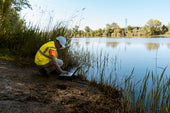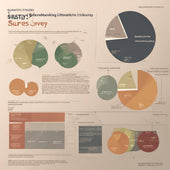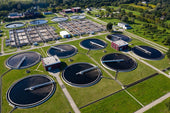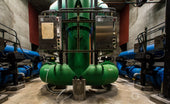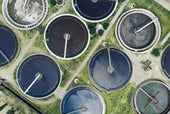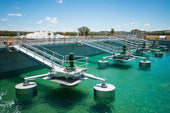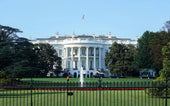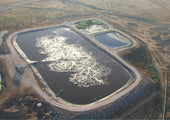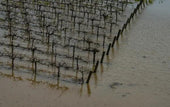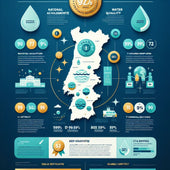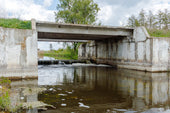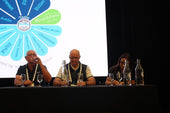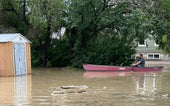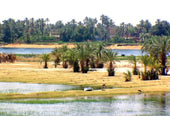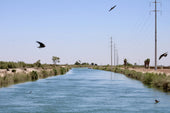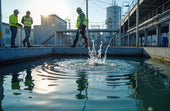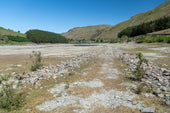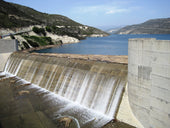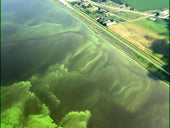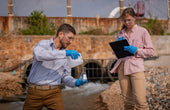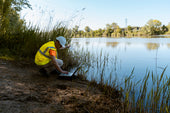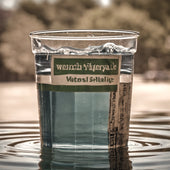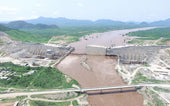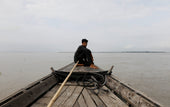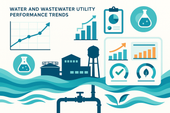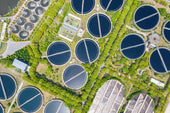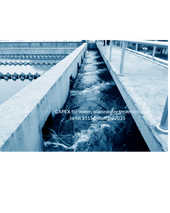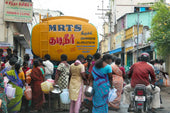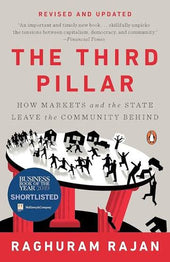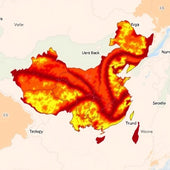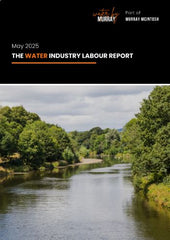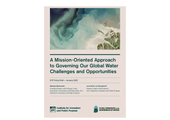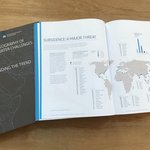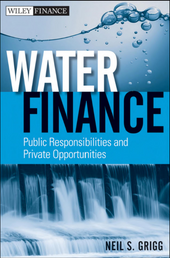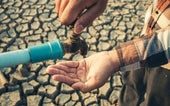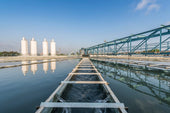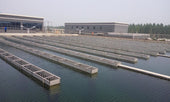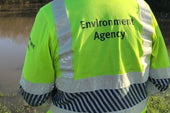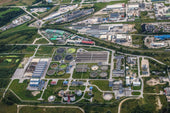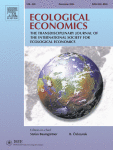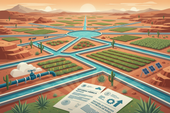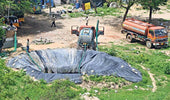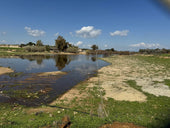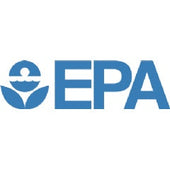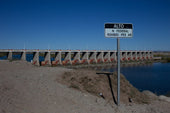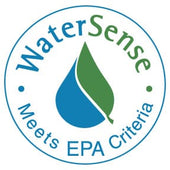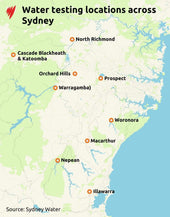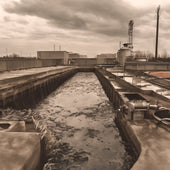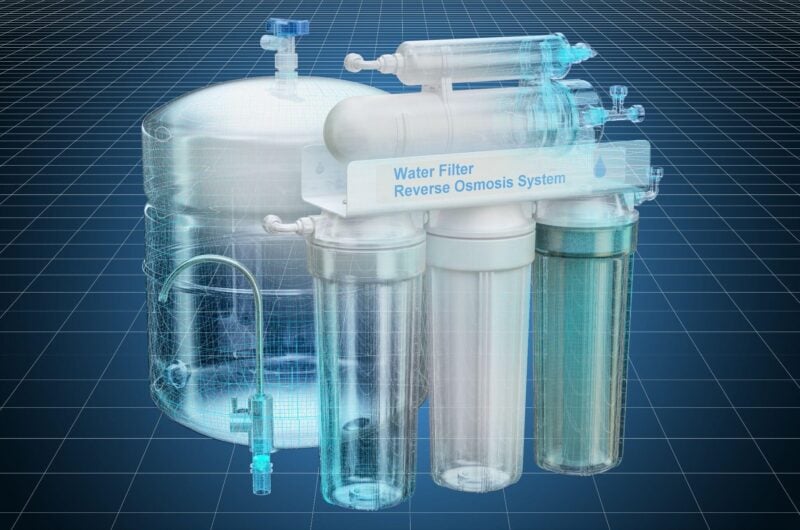
How Pure Is Tap Water in Major Australian Cities?

—
Access to clean and safe drinking water is a cornerstone of public health and daily life. In a country as vast and diverse as Australia, ensuring the purity of tap water is essential for maintaining the well-being of its citizens. The quality of tap water not only impacts individual health but also reflects the country’s commitment to sustainable living practices and environmental stewardship.
At the heart of ensuring water quality in Australia are the national standards and regulations that govern how water is treated and distributed. These guidelines are designed to protect the populace from contaminants and pollutants, while also ensuring transparency and public accountability. High-quality tap water is influenced by a variety of natural and human-made factors, such as geographical conditions, urban development, and environmental policies.
The objective of this article is to explore the overall trends and factors affecting tap water quality across major Australian cities. It will delve into the national standards guiding water purity, discuss common factors influencing water quality in urban areas, examine purification techniques and management practices, and highlight regional differences in water management strategies.
National Standards for Drinking Water in Australia
The Australian Drinking Water Guidelines (ADWG) serve as the benchmark for safe drinking water across the nation. Developed collaboratively by the National Health and Medical Research Council (NHMRC) and the Natural Resource Management Ministerial Council (NRMMC), these guidelines are crucial for public health policy.
The significance of the ADWG lies in its comprehensive assessment parameters, including microbial, chemical, and physical aspects of water quality. Microbial assessment focuses on the presence and type of bacteria and viruses, while chemical evaluation considers the concentration of elements such as lead, copper, and chlorine. Physical aspects, meanwhile, look at attributes like colour, taste, and odour. Together, these aspects form a holistic view of what constitutes safe and drinkable water.
Key organisations such as local water authorities and health departments play an essential role in setting, monitoring, and reporting water quality standards. Collaboration among these entities ensures that standards are not only adhered to but continually updated in line with scientific advancements and public health needs.
Transparency and public access to water quality information are also imperative. Many water utilities publish regular quality reports, allowing citizens to be informed about the status of their local tap water. Such openness fosters public trust and enables individuals to make informed decisions about their water consumption.
Common Factors Affecting Tap Water Quality in Major Cities
Australia’s major cities each have unique urban water supply sources, ranging from surface water reservoirs to groundwater and, in some cases, desalination plants. These sources undergo a series of treatment processes to ensure the water meets safety standards. Common steps include coagulation and flocculation, filtration, and disinfection, primarily using chlorine.
Despite rigorous treatment processes, tap water can still be affected by various contaminants. Microbial pathogens, like Escherichia coli, can pose serious health risks if not effectively removed. Chemical contaminants such as nitrates and lead can also infiltrate water supplies through old pipe systems or agricultural runoff. Physical contaminants, though less common, can impact water appearance and taste, potentially leading to reduced consumer confidence.
Maintaining consistent water quality in urban areas presents several challenges. Ageing infrastructure can lead to pipe leaks and breaks, opening pathways for contamination. Additionally, urban runoff and industrial activities can introduce pollutants into water bodies. Combating these issues requires a blend of technology, policy, and public cooperation.
Standard improvement initiatives are employed to tackle these challenges. Cities across Australia implement various public health strategies to ensure water safety. These include infrastructure upgrades, the adoption of advanced treatment technologies, and public education campaigns to raise awareness about water conservation and pollution prevention.
Water Purification Techniques and Management Practices
Ensuring tap water purification involves a mix of traditional and innovative techniques. Common methods include sedimentation, where particles settle out of the water, and filtration, which removes remaining impurities. Advanced methods, such as reverse osmosis and ultrafiltration, are increasingly employed to tackle more elusive contaminants.
Technological innovations have seen the adoption of smart water management systems. These rely on sensors and data analytics to optimise water distribution and detect leaks or quality changes promptly. Such technology boosts efficiency and helps conserve water resources, aligning with sustainable development goals.
Ongoing maintenance and infrastructure upgrades are paramount for long-term water security. Addressing wear and tear in old pipes and treatment facilities prevents contamination and promotes reliability. Alongside physical upgrades, community education programs play a vital role in reinforcing the importance of water conservation and safe household practices.
Cities must also address evolving environmental challenges like climate change and population growth. With changing weather patterns and increased demand on water resources, adaptability is key. Initiatives such as rainwater harvesting, stormwater recycling, and the strategic implementation of whole-house water filters are increasingly considered necessary to enhance water resilience.
Regional Differences and Adaptations in Water Management
Australia’s heterogeneous landscape necessitates diverse water management strategies across its cities. Geographical, climatic, and environmental factors heavily influence these approaches. For instance, cities in arid regions might rely more heavily on desalination, whereas those with abundant natural catchments may prioritise reservoir maintenance.
The source of water plays a significant role in determining treatment priorities. Cities using surface water sources face challenges like sediment, algae, and surface pollution, while groundwater-dependent cities must manage mineral content and aquifer sustainability.
Local councils and utility companies are responsible for tailoring their water management strategies to fit regional needs. This adaptability involves assessing local water sources, infrastructure capabilities, and environmental conditions. While the principles of ensuring purity remain constant, the application of these principles varies to maximise efficiency and address specific challenges.
Conclusion: Ensuring Safe and Pure Tap Water Across Australia
The quality of tap water in Australia’s major cities is shaped by a complex interplay of standards, environmental factors, and human interventions. Key elements influencing water purity include adherence to national guidelines, addressing both common and emerging contaminants, and employing a blend of traditional and innovative purification methods.
Safeguarding water quality requires a collective effort among government authorities, local councils, and the general public. Each plays a pivotal role in maintaining the safety and sustainability of water resources. Moving forward, challenges such as climate variability and urban expansion underscore the need for ongoing innovation and adaptation in water management practices.
Ultimately, public engagement and education will be critical to fostering a culture of conservation and proactive involvement in water sustainability efforts. By remaining vigilant and responsive to changing conditions, Australia can continue to ensure that its tap water remains pure and safe for all.
—
This content is brought to you by Amrytt Patel
Photo provided by the author.
The post How Pure Is Tap Water in Major Australian Cities? appeared first on The Good Men Project.

